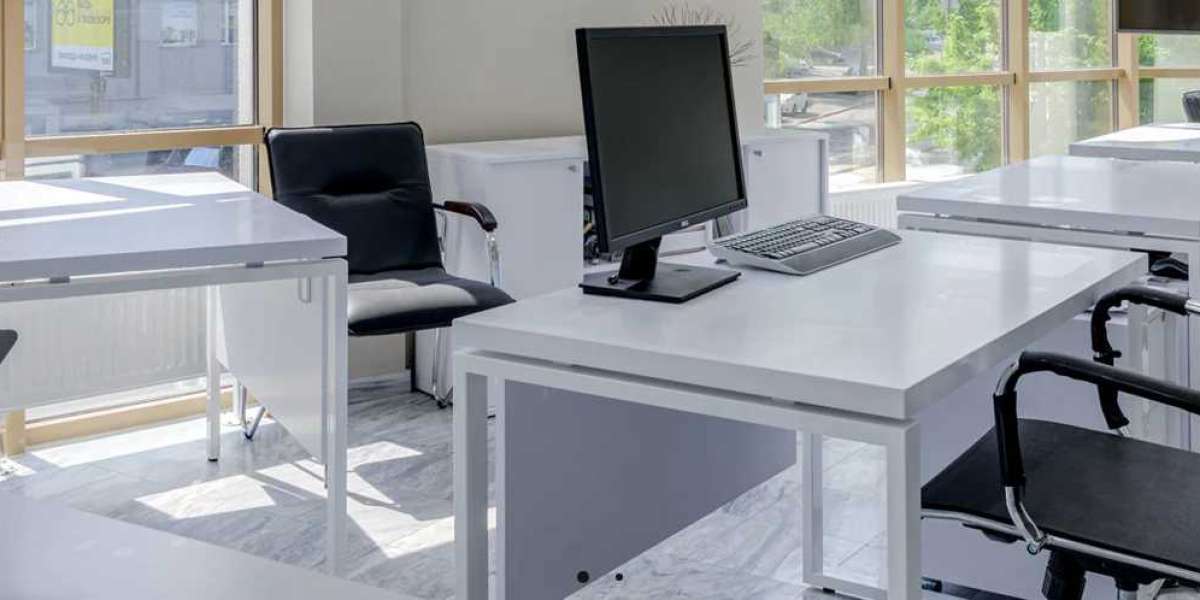Creating a productive workspace involves more than just having the right furniture; it's also about optimizing your environment and habits. Here are some tips to help you create a more productive workspace:
Organize Your Space: Keep your workspace tidy and clutter-free. Use storage solutions like shelves, filing cabinets, and desk organizers to store items neatly and keep them within reach.
Optimize Lighting: Ensure that your workspace is well-lit to reduce eye strain and improve focus. Use natural light whenever possible, and supplement it with task lighting as needed. Position your desk so that you're not facing glare from windows or overhead lights.
Choose Comfortable Furniture: Invest in ergonomic furniture, including a supportive chair and an adjustable-height desk if possible. Proper ergonomics can reduce fatigue and discomfort, allowing you to work more efficiently for longer periods.
Minimize Distractions: Identify and eliminate sources of distraction in your workspace. This might include turning off notifications on your phone or computer, using noise-cancelling headphones, or setting boundaries with coworkers or family members.
Personalize Your Space: Make your workspace your own by adding personal touches like photos, artwork, or plants. Surrounding yourself with things that inspire you can boost creativity and motivation.
Set Up a Productive Layout: Arrange your furniture and equipment in a way that promotes productivity. Keep frequently used items within arm's reach, and position your monitor at eye level to reduce neck strain.
Establish a Routine: Develop a consistent routine for your workday, including set times for starting and ending work, taking breaks, and tackling specific tasks. A routine can help you stay focused and make better use of your time.
Prioritize Tasks: Create a list of tasks and prioritize them based on importance and urgency. Break larger tasks into smaller, more manageable steps, and tackle them one at a time to avoid feeling overwhelmed.
Take Regular Breaks: Schedule regular breaks throughout your workday to rest and recharge. Use break times to stretch, go for a walk, or engage in activities that help you relax and clear your mind.
Stay Organized Digitally: Keep your digital workspace organized by using folders, labels, and shortcuts to streamline your workflow. Delete or archive unnecessary emails and files regularly to avoid clutter.
Practice Mindfulness: Incorporate mindfulness techniques like deep breathing or meditation into your daily routine to reduce stress and increase focus. Even just a few minutes of mindfulness can help improve productivity and overall well-being.
Evaluate and Adjust: Periodically assess your workspace and productivity habits to identify areas for improvement. Be willing to make adjustments as needed to create an environment that supports your productivity goals.
By implementing these tips, you can create a workspace that enhances your productivity and helps you achieve your goals more effectively.



